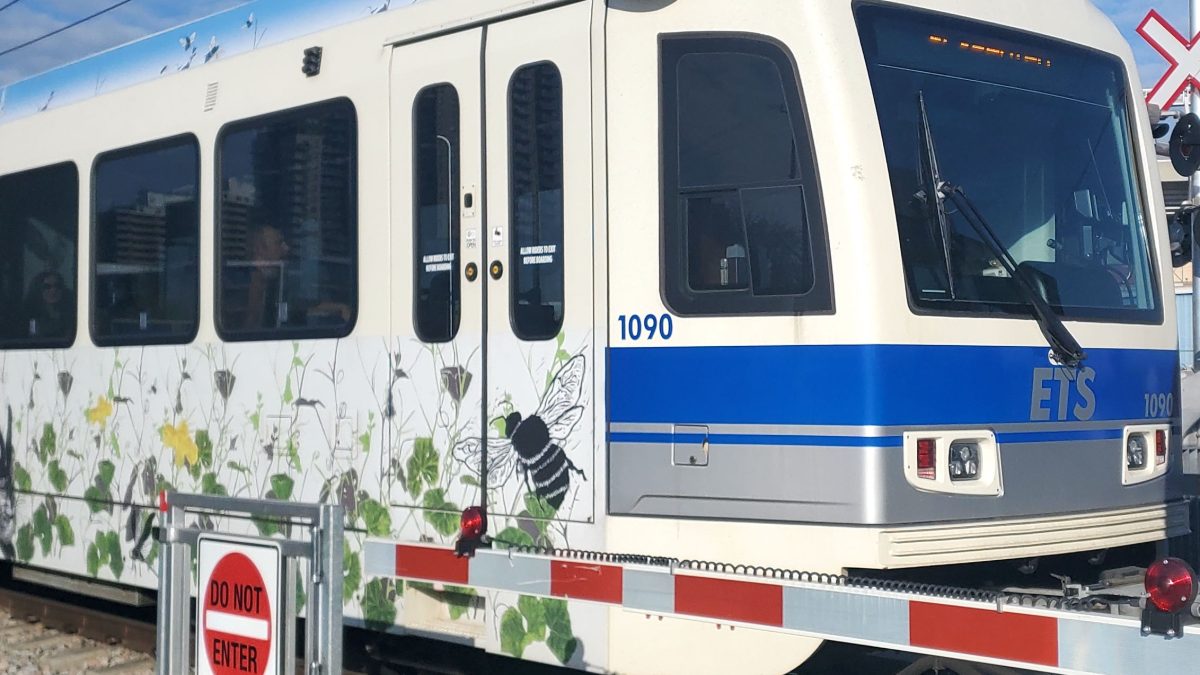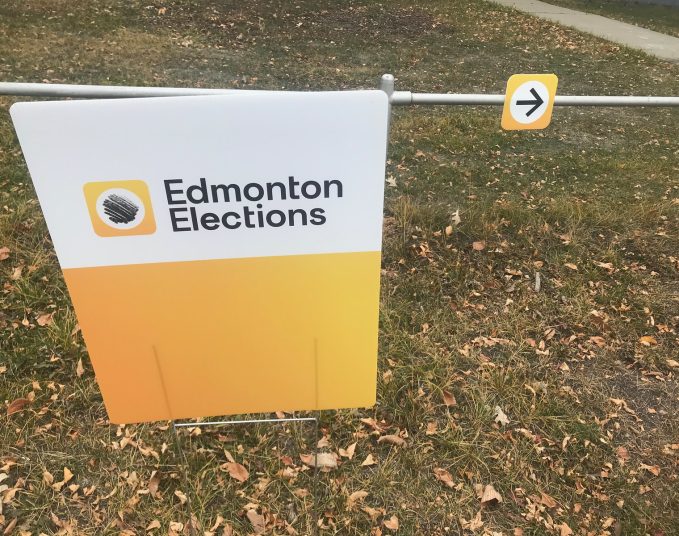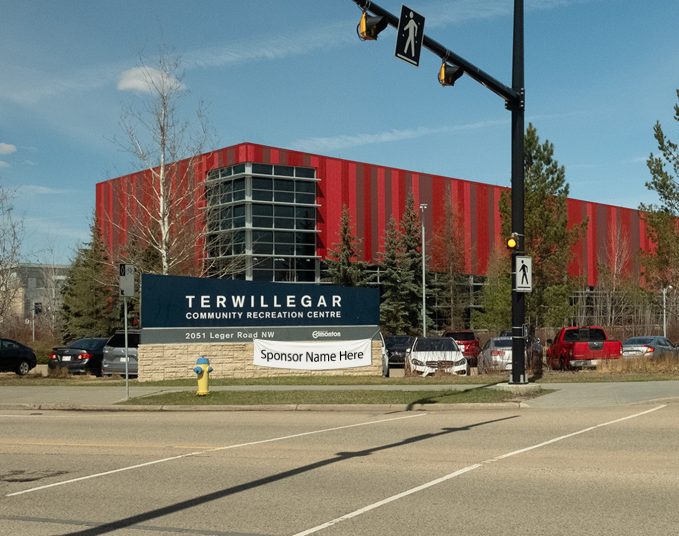The law of supply-and-demand dictates that when demand on a service outstrips supply, prices will inevitably rise. But what happens when that increased demand is on a service explicitly designed to be low-cost? That’s the conundrum the City of Edmonton faces as it tries to navigate a spike in demand and a shortfall in funding for one of its transit programs for low-income riders.
This week, the City’s Executive Committee heard an update report on the Ride Transit Program — an initiative that provides discounted monthly Edmonton Transit Service (ETS) passes for low-income Edmontonians and several other eligible groups.
The report shows demand on the Ride Transit Program has spiked over the past several years. That, in conjunction with lower-than-normal fare revenue in the wake of COVID-19, has created budget shortfalls and revenue disparities that threaten the long-term sustainability of the program. The report showed a $6.2 million revenue shortfall for the Ride Transit program, as subsidies set aside in the 2019 to 2022 budget cycle have failed to keep up with the rapid increase in need.
City administration and transit officials are looking for solutions to bring the program back into the black.
Why is it in trouble?
The Ride Transit Program has suffered from many of the same symptoms other aspects of ETS currently suffers from: lagging fare revenue even amid ridership rebounds post-pandemic.
Data from ETS shows that while bus ridership has fully recovered from pandemic drop-offs, LRT use is still lingering around 75 per cent of what it once was. But even that 25 per cent drop in rail usage doesn’t account for the entire disparity between ridership and revenue that ETS is seeing. As Branch Manager with the Edmonton Transit Service, Carrie Hotton-MacDonald told committee, there’s been a change in transit behaviour, too.
“Ridership influences fare revenue, but the two don’t always follow the same trends,” she said. “There are other changes that have impacted our fare revenue gap, including travel behaviour … compared to 2019 fewer [people] are using transit to-and-from work due to hybrid working arrangements and more are using transit in the off-peak hours.”
And that’s just one pressure point for the program. The other, and most pressing, is demand. Officials with ETS said they’re experiencing more demand for the Ride Transit Program than expected when the program was initially rolled out – a fact they attribute to cost of living and affordability concerns, as well as an increase in population for groups deemed eligible for the support program.
Presently, the Ride Transit Program offers two tiers of discounted monthly passes to individuals or households whose income is between 10 per cent ($35 per month) and 25 per cent ($50 per month) above federal government’s Low Income Cut Off (LICO) threshold. Additionally, those receiving provincial programming like AISH, income support, CPP disability benefits, and employment insurance also qualify. There are also carve-outs for refugees, Ukrainians here as part of the Canada-Ukraine Authorization for Emergency Travel, new permanent residents, children in government care and those with letters of recommendation from social workers.
The growth of those groups in recent years strains the subsidy that funds the program. Piloted in 2017 to 2018 and rolled out permanently in 2019, the program was carried through the pandemic by grant money received from the federal and provincial governments’ Safe Restart program. That program ended in 2023, and funding returned to the model set out in the 2019 to 2022 budget cycle – $3.3 million from the city and $4.5 million from the Government of Alberta to help subsidize the program’s viability. However, that increased demand has outpaced the funding.
“The budget to offset the subsidized passes is no longer sufficient. In 2023, there was a $5.3 million program funding shortfall. Based on current projections for program demand in 2024, the total program shortfall will be $10 million,” reads administration’s report.
Are There Solutions?
That’s what the City and ETS are trying to figure out. Administration has floated a few ideas, the first of which is to reduce the number of people who are eligible for the Ride Transit Program. The second is to increase pass prices – the program is already slated for a $1 increase in 2025, but further increases could be considered. The third is to adjust the amount of money allocated in the City’s budget to begin with.
That’s a tough list of options and even the report admits that many of them have the inherent drawback of making things harder for the very people the program was created to assist.
“As participants in the Ride Transit Program are experiencing low income, price increases impact this group more severely than other riders. Those with lower incomes spend a higher proportion of their income on transportation. While there is little data on [how] transit fare price elasticity impacts different user groups, any increase is expected to negatively impact the mobility or overall disposable income for Ride Transit Program participants,” the report outlines.
And that’s to say nothing of the people who would find themselves without access should their eligibility for the program change.
Those hard truths weren’t lost on committee members, who wrestled with alternative options that wouldn’t land the onus on those already struggling to afford transit.
“What I’m curious about is alternative funding,” asked Coun. Aaron Paquette. “Have we thought about a marginal increase to the Arc Card fare ($2.75 rather than $3.50 when paid by cash) to make up the gap?
“Would Edmontonians prefer to see a marginal increase to the base fare rather than putting it on those who need it most?”
Administration said survey data collected had shown broad support for that type of approach.
Paquette pressed further, questioning if the days of cities expecting transit operators to be profitable has passed (no major city’s transit system turns a net profit in Canada).
“We don’t ask Edmonton Fire or EPS to turn a profit, but we do with ETS,” he said. “Whether we do these things out of habit or tradition … maybe it’s not really the way we should be going.”
Committee voted unanimously to have further investigation conducted into what the consequences of each of the proposed solutions might be and to bring the report back for further consideration.
Savvy AF. Blunt AF. Edmonton AF.




